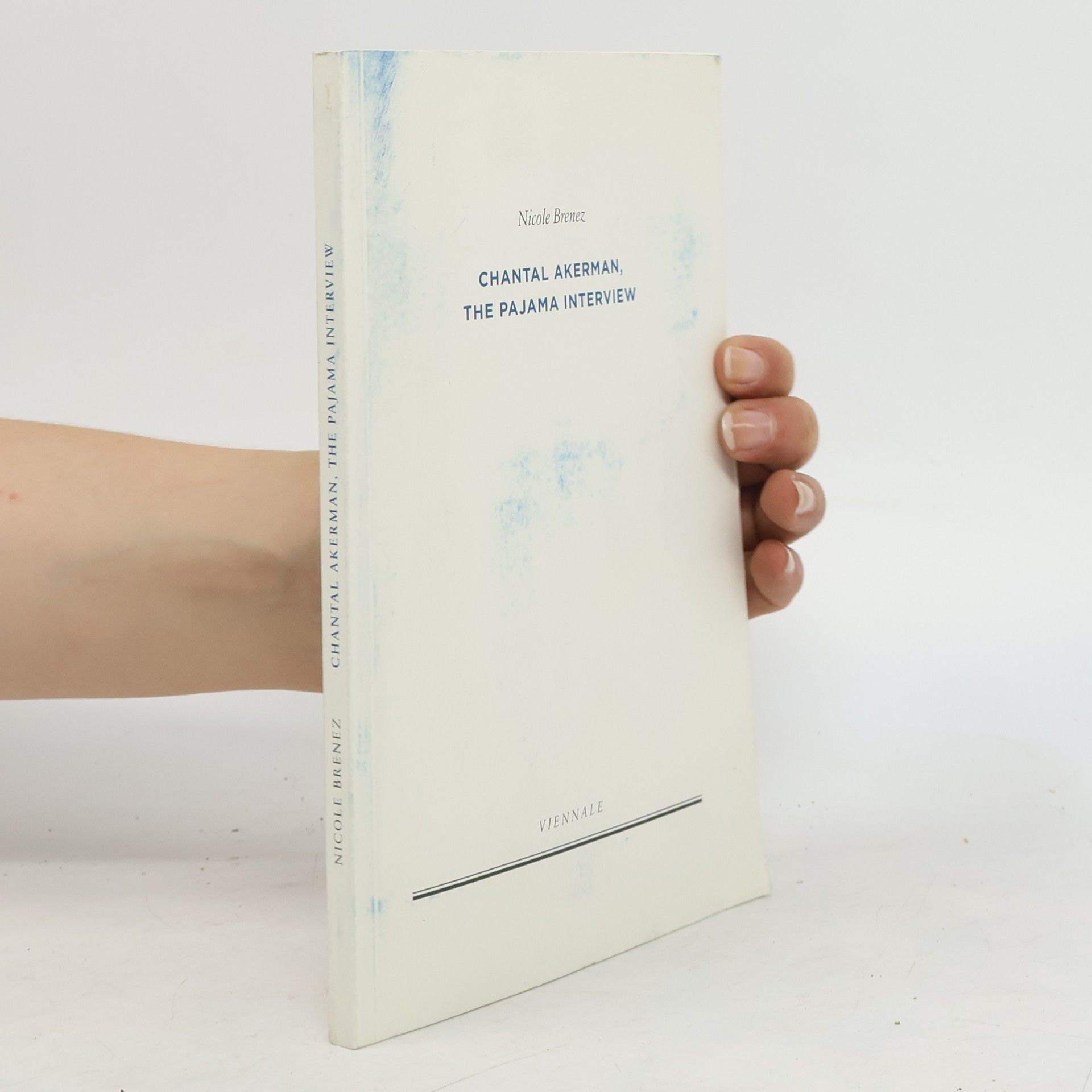Nicole Brenez Libros



On the Figure in General and the Body in Particular:
Figurative Invention in Cinema
- 260 páginas
- 10 horas de lectura
Exploring the formal and plastic qualities of film, this collection of essays from the 1990s delves into various genres and styles to present a novel approach to cinematic analysis. The author reexamines the representation of bodies and figures in cinema, challenging traditional notions and highlighting the materiality and aesthetics of film. Through this innovative perspective, the essays invite readers to reconsider the complexities of visual storytelling and the significance of the body in cinematic expression.
In this pocket-sized book on the history of Lettrist Cinema, French historian and theorist Nicole Brenez elucidates the formal innovations of this unique art form that prefigured breakthroughs in film including the nouvelle vague and the experiments of expanded cinema in the United States. Key figures and basic concepts such as the use of jarring dissonant and disassociated soundtracks, scratched and bleached celluloid and the place of Lettrist Cinema in avant-garde history are discussed and illustrated with black-and-white stills. Founded by Romanian-born French poet, film critic and artist Isidore Isou in Paris immediately after World War II, the Lettrist movement took its inspiration from Dada and Surrealism. The movement remains active to this day, having lost none of the aesthetic or ethical radicalism seeded by Isou in 1951 with his revolutionary film Venom and Eternity, which became the movement's visual manifesto, influencing such avant-garde filmmakers as Stan Brakage.